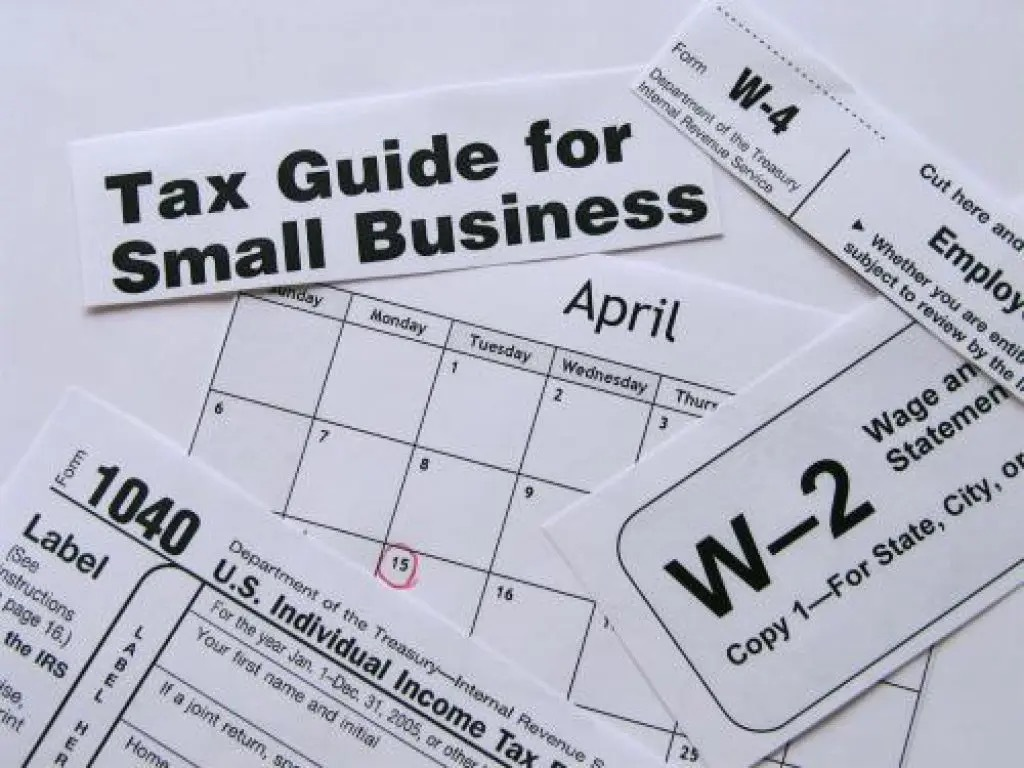It’s not quite “lights out” yet for the residential energy credit. This tax break for homeowners, which has expired and been renewed numerous times in the past –sometimes with modifications — was extended once again by the Tax Increase Prevention Act of 2014 (TIPA).
But the latest extension only lasted through December 31, 2014. As things stand now, the residential energy credit is available on 2014 returns, but its status for 2015 and beyond is uncertain.
For 2014 returns, the residential energy credits are equal to 10 percent of qualified expenses, up to certain limits. (A prior version of the energy credit was equal to a more-generous 30 percent of qualified expenses). What sort of expenses are covered by the credit? Here’s the list:
- Insulation materials
- Biomass stoves
- Advanced main air circulating fans
- Air source heat pumps
- Central air conditioning
- Gas, propane or oil hot-water boilers
- Gas, propane or oil furnaces
- Gas, propane, oil or electric heat pump water-heaters
- Energy-efficient doors
- Energy-efficient skylights
- Energy-efficient windows
- Metal or asphalt roofing
But the tax law further limits the dollar amounts that may be claimed under this provision. For one thing, the maximum credit allowed during your lifetime is only $500. Thus, if you claimed a $300 credit in 2013, the maximum credit available in 2014 is $200. For another, there are certain other dollar caps for specific types of expenses. The credit for advanced main air circulating fans is limited to $50; furnaces and boilers to $150; windows to $200; and air conditioners, air source heat pumps and biomass stoves to $300.
Note that some clients may benefit from a separate residential energy-efficient property credit. This credit is equal to 30% of qualified expenses, including geothermal heat pumps; solar water heaters; solar panels; small wind turbines (up to $4,000); and fuel cells (up to $500 for each 0.5 kilowatt power capacity). This credit doesn’t expire until 2017.
Although many tax extenders have a good chance of being reinstated again, support for the residential energy credit has been waning in recent years. Practical advice: Don’t worry about bumping up against the lifetime limit on a 2014 return. Clients should take whatever credit is available this time around.
Thanks for reading CPA Practice Advisor!
Subscribe Already registered? Log In
Need more information? Read the FAQs
Tags: Income Taxes




